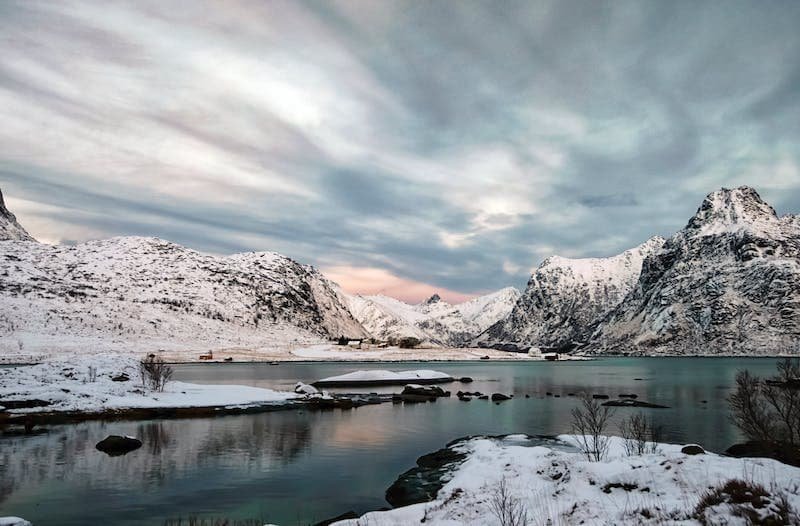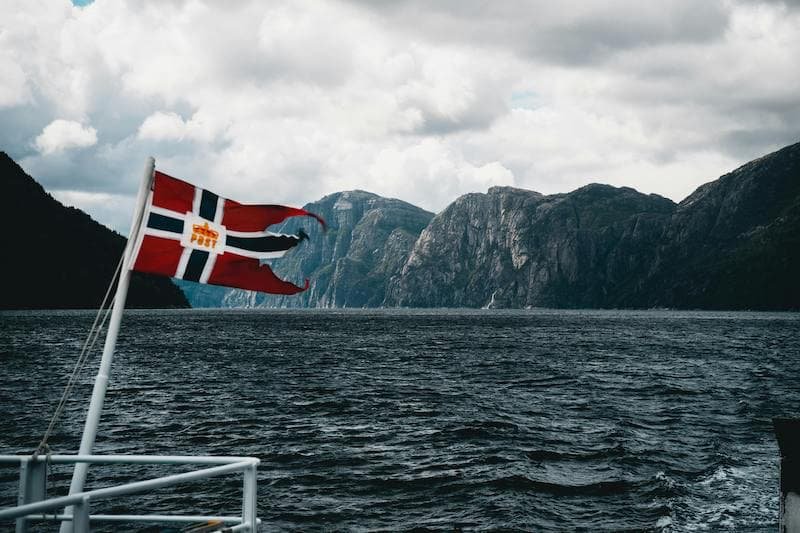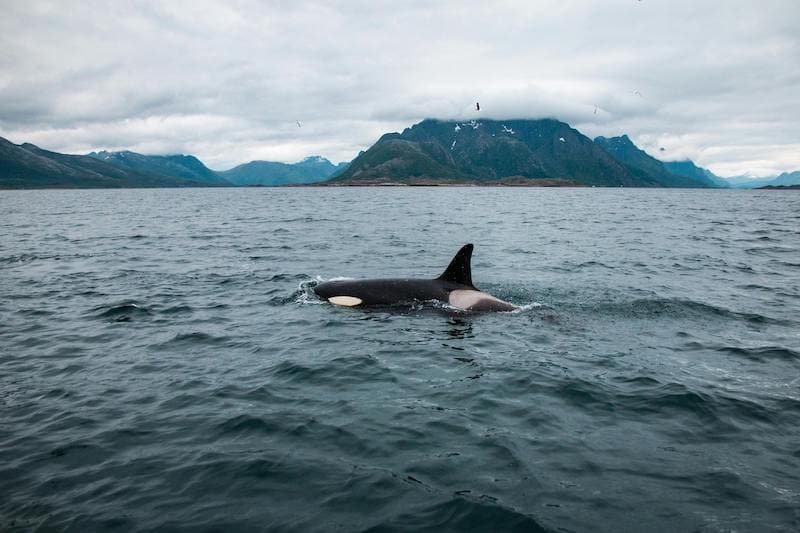
 Roni Essex
Freediver, Spearo, Creator
Roni Essex
Freediver, Spearo, Creator

 Roni Essex
Freediver, Spearo, Creator
Roni Essex
Freediver, Spearo, Creator
Freediving in the Arctic is a unique and exhilarating experience, but it comes with its own set of challenges, as Alchemy partner Pavel Tomm assures us. From the bone-chilling cold waters to unpredictable weather conditions and encounters with remarkable marine life, navigating the Arctic requires careful preparation. In this blog post, we'll explore three crucial factors to keep in mind for a safe and memorable freediving adventure.
When diving into the Arctic's icy waters, meticulous preparation is key, starting with the right gear. Prioritize a well-fitted wetsuit tailored to your body's unique contours, opting for a thickness between 7-8 mm for the perfect balance between warmth and flexibility. Consider suits with a lined layer nestled between the stitched layers to enhance durability against harsh Arctic conditions. This design also acts as an additional barrier against piercing winds, especially crucial during moments on the boat between dives when the wind can turn a thrilling experience into a shivering ordeal.
Avoid excessive thickness, as it can compromise freedom of movement and overall comfort. A sweet spot around 7.5 mm is recommended. Complement your ensemble with a hood of 5.5 mm thickness for added protection in critical areas. For extremities susceptible to the cold, such as hands and feet, opt for 5 mm socks and 7 mm 3-finger gloves. These not only shield against the biting cold but also facilitate warm water immersion just before the dive, ensuring hands remain comfortably warm for extended periods underwater.

In the face of the Arctic's vast expanses and extreme conditions, mastering the unpredictability of its weather is essential for a successful freediving experience. Beyond understanding temperatures, it necessitates a keen awareness of the ever-changing atmospheric conditions capable of swiftly transforming a serene dive into a challenging adventure.
In the fjords of Norway, where expeditions unfold, tidal currents emerge as formidable forces. These seemingly river-like fjords, where the sea converges with the land, introduce an element of unpredictability. Tidal currents, particularly in specific locations, can create powerful flows, demanding a combination of good technique, physical fitness, and the use of high-quality carbon fins.
Wind, another dynamic force in the Arctic, can shift rapidly. Relying solely on forecasts may prove insufficient. The Arctic wind spawns local phenomena that can be surprising and even dramatic. Engaging with local knowledge, often shared by seasoned fishermen, or seeking the guidance of an experienced expert in the water serves as an invaluable strategy to navigate unpredictable wind patterns. These insights act as a compass through the Arctic's ever-shifting weather landscape.

Swell, generated by wind patterns and the openness of fjords to the seas, introduces complexity to Arctic weather dynamics. Even seemingly calm areas can be disrupted by large swells, demanding attentiveness to potential changes in sea conditions. The intricate network of islands, turns, and smaller fjords within the broader landscape provides pockets of shelter from swells, offering strategic locations for freediving. Being attuned to these nuances is akin to reading the Arctic's mood, ensuring a safe and enjoyable diving experience.
Successfully navigating the whims of Arctic weather requires a holistic approach beyond a mere glance at a forecast. It involves understanding the intricate dance of tidal currents, wind patterns, and swells. Armed with this knowledge, coupled with the wisdom of locals and seasoned guides, every freediving excursion transforms into a well-planned odyssey through the Arctic's unpredictable weather canvas.

Diving into the Arctic's frigid waters reveals a rich tapestry of marine life, creating awe-inspiring and delicate spectacles with seals, dolphins, porpoises, and majestic whales. Amid this wildlife-rich wonderland, a crucial consideration surfaces — the need to approach these creatures with utmost respect and responsibility.
One of the Arctic's remarkable natural events is the annual migration of herrings, attracting orcas and humpback whales to Norwegian fjords. This mesmerizing ballet of predator and prey underscores a responsibility to uphold ethical standards in human-marine life interactions.
Choosing operators with positive reviews and ethical practices is paramount. Such operators play a crucial role in minimizing risks and ensuring encounters with marine mammals prioritize the safety and well-being of both animals and freedivers. Before embarking on a tour, thorough research into an operator's reputation and commitment to ethical guidelines is essential. An ethical operator not only maximizes the chances of witnessing these extraordinary marine creatures but also minimizes potential harm.

Encountering marine mammals demands more than safety measures; it requires a profound respect for their natural behavior. In the role of a freediver, the delicate balance required to coexist with these creatures becomes evident. Working alongside experienced guides emphasizes the importance of approaching animals safely and ethically, fostering an environment where both humans and marine life share the waters harmoniously.
Unfortunately, not every interaction aligns with ethical principles. Instances of boats blocking paths or engaging in dangerous and unethical behavior highlight the need to understand the intricacies of approaching marine life safely. Jumping on top of a baitball or disrupting the natural rhythm of animals not only jeopardizes diver safety but also risks causing distress to marine creatures.
In essence, diving in wildlife-rich waters demands more than technical skill; it necessitates a deep commitment to ethical freediving practices. Ensuring a safe distance from marine mammals, approaching them with care, and choosing operators committed to responsible tourism all contribute to the delicate balance of Arctic marine ecosystems.
In conclusion, the privilege of diving in wildlife-rich Arctic waters carries a responsibility to respect and protect the incredible creatures inhabiting these icy depths. Choosing ethical operators, adhering to guidelines, and approaching marine life with reverence enable every freediver to contribute to the conservation of this unique marine environment, ensuring future generations can marvel at the wonders of the Arctic's marine world.